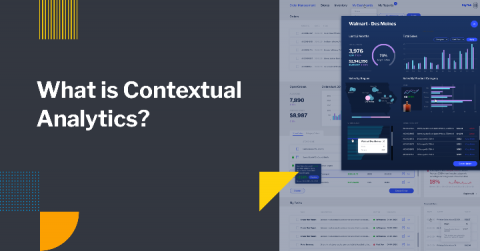How to Debug a Kotlin Multiplatform Mobile App From Scratch
Kotlin Multiplatform apps are a great option for big projects. They allow us to unify the business logic under a Kotlin module while using the latest perks of each platform’s individual UI, significantly reducing development costs. Debugging in Kotlin Multiplatform is easy, as you can use typical tools like adding breakpoints and printing logs in the console – and in Bugfender. Continue reading for a full tutorial. KMM stands for Kotlin Multiplatform Mobile.









